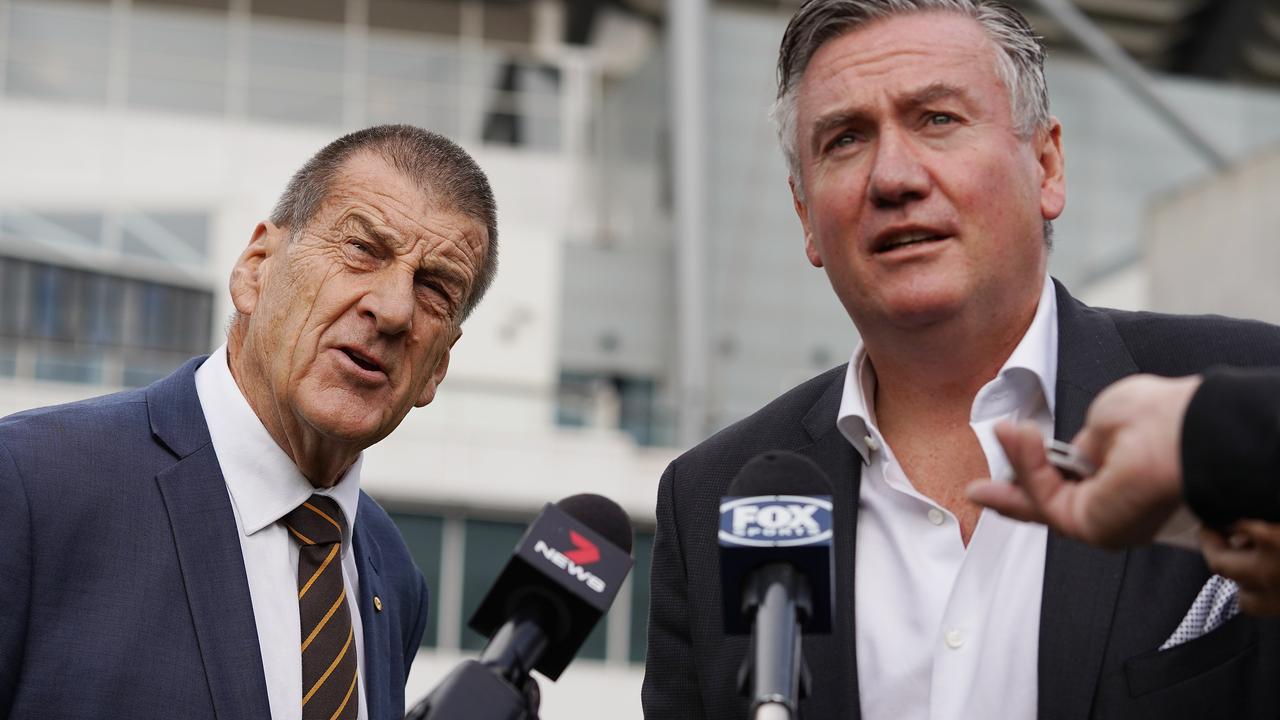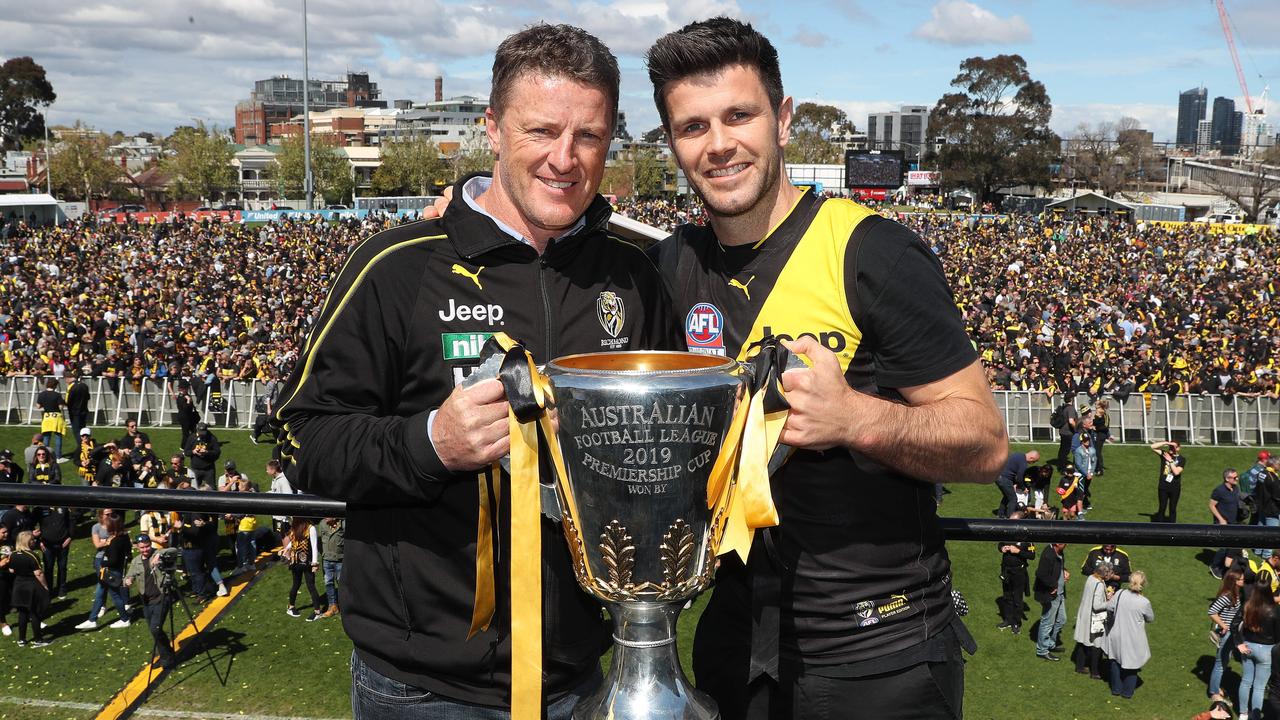Spectre of a national AFL reserves competition — in 2021 or 2023 — has the SANFL facing some big decisions
TO the east and west of Adelaide, major decision loom on the structure of Australian football under the elite AFL. This makes planning the SANFL’s future very tricky.
HOW good is SANFL chief executive Jake Parkinson — and his league president John Olsen and his football boss Adam Kelly — at reading tea leaves?
All three SANFL leaders face the most-challenging period in the next five years as the shape of Australian football beneath the elite AFL competition becomes defined by multiple agendas.
To the east (in Tasmania with the game’s long-lost traditional base) and to the west (in Perth with the more modern West Coast) there is movement that leaves the SANFL in the pinch between more critical refits to “Australia’s Game”.
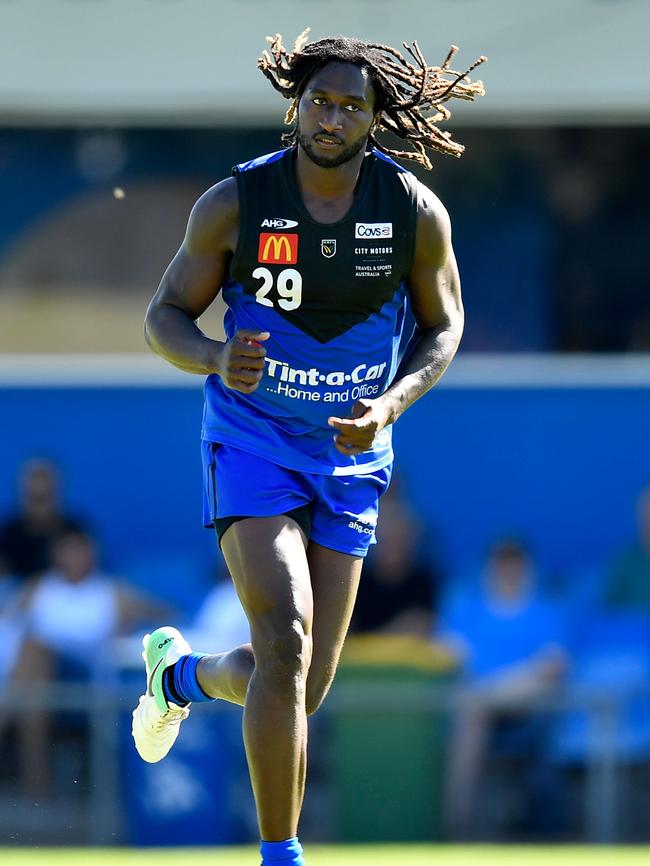
At SANFL headquarters, again at Adelaide Oval, there is no point in writing the once-fashionable “five-year plan” that inevitably becomes irrelevant after five months while the big strings are pulled at AFL House in Melbourne.
And there can be no judgment of these men in three or five years with the critics being blessed by the benefit of hindsight. This is, after three decades of phenomenal change to the SANFL built by Max Basheer and Leigh Whicker, the moment that requires the greatest vision to put Australian football’s oldest competition in a place that will hold true long beyond the Parkinson-Olsen-Kelly era.
This has been a big week for the reshape of the second tier to a game that has moved well beyond state themes to national agendas.
In Perth, West Coast has cut ties to the Trojan Horse that carried the Eagles reserves team in the WAFL: East Perth. West Coast will be courted by another WAFL club, Perth. But the Eagles wants a stand-alone reserves team … in anticipation of the national AFL reserves competition that could emerge in 2021 or 2023 as the D-League.
In Tasmania, a proud — but fractured — football community is being ushered by the AFL to some meaningful role in Australian football. AFL House is restoring Tasmania’s place in the under-18 TAC Cup next year and the second-tier VFL in 2021.
Tasmania could be part of that D-League AFL national reserves system in 2023.
And what does this mean to the SANFL that is destined to return to an eight-team competition within the next five years as the State league loses that makeshift Crows reserves team … and the traditional “Magpies” image that is currently the Port Adelaide AFL reserves?
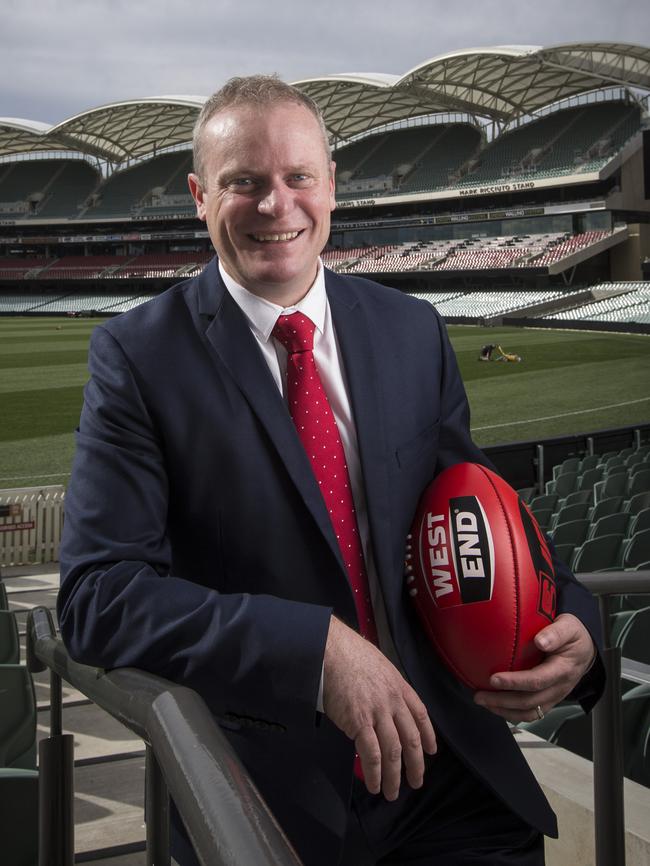
Being squeezed to the third tier of Australian football will be challenging for the SANFL, particularly if players currently at SANFL clubs are lured as “top-up” players for the D-League (the national AFL reserves series) under the promise that their draft prospects are enhanced by being at an AFL club.
Some would say the SANFL is already feeling this squeeze as more and more former AFL players prefer to line their wallets in the Adelaide Footy League (the former amateur competition) rather than return to their SANFL roots.
This is no easy script for Parkinson’s SANFL leadership — and those at the eight traditional SANFL clubs — to read. But the message cannot be clearer either. The eight SANFL clubs need to establish their place in their communities — the residents and local councils — with greater attention than ever before.
As long as the local fans care for their neighbourhood SANFL clubs (as Sturt has highlighted in the past decade), whatever happens on the national stage will be no more than just another phase in a never-ending saga.
REALITY BITES
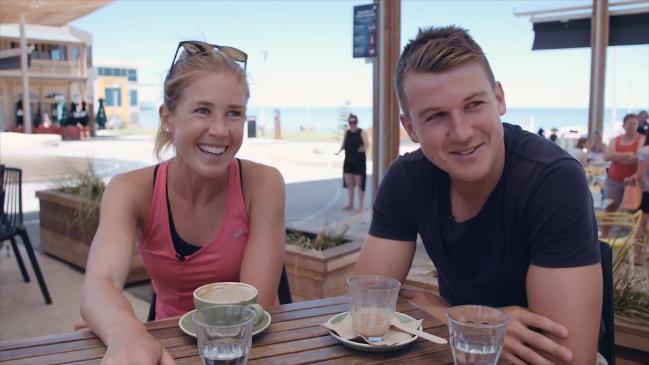
QUOTE OF THE WEEK
AT the start of my career, I remember James McDonald, the captain at Melbourne at the time, saying, ‘Make the most of every opportunity because your career goes quickly’. I sat back and didn’t really know what he was talking about. Nine years later, I know the truth that hang in those words …
NEW Port Adelaide defender and former Melbourne captain JACK TRENGOVE who played his first AFL game in almost 11 months when he made his Power debut last weekend against Carlton at the MCG.
REPEATING THEME
AS West Coast looks at its options for its Eagles reserves team — after cutting the relationship with WAFL club East Perth — the prospect of a stand-alone side in the WA State league will come with a cost.
The $450,000 licence fee the Eagles paid its WAFL colleagues to have its AFL reserves based at East Perth will not be waived if West Coast avoids a liaison with the Perth Football Club to go alone as the 10th team in the WA State league.
West Coast says a stand-alone reserves team would play all its WAFL games at the home grounds of its opponents — just as the Crows do in the SANFL. Now the question is: How many spectators would West Coast vow to deliver to those games?
THOUGHT OF THE WEEK
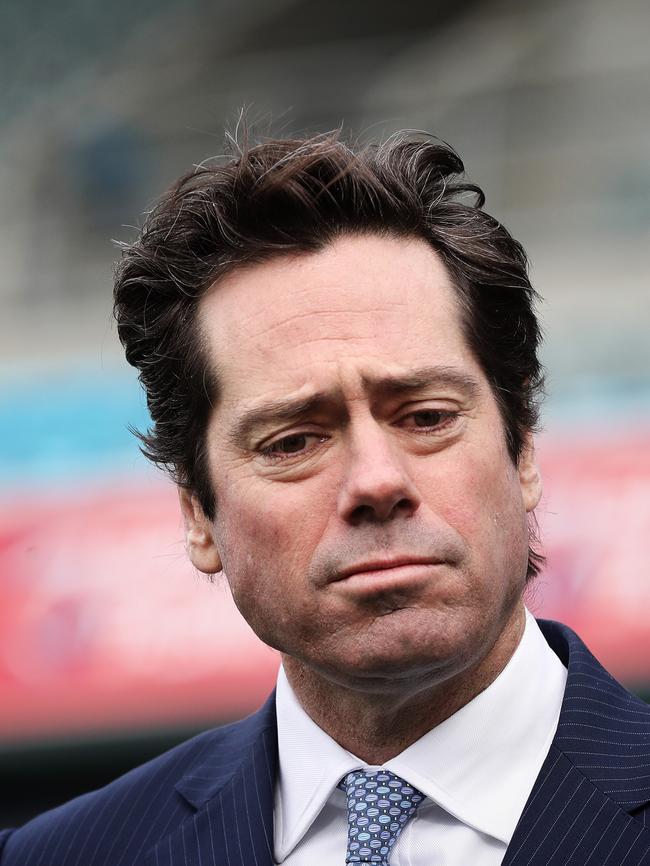
CAN the AFL — after expanding in Queensland and NSW — find room for a Tasmanian team in the AFL national competition?
This is the thinking of proud Tasmanian, broadcaster and journalist TIM LANE: “In expanding to 18 teams (with Gold Coast and Greater Western Sydney) almost a decade ago, the AFL painted itself into a corner and Tassie out of the script. And there’s no immediate way out, or in.
“As a result, the league continues to obfuscate, hoping the Tasmanian problem will go away as it always has done in the past. This time, though, there’s no certainty it will. The anger of Tasmanians has been building, and now their hopes have been deflated.”
TIP OF THE WEEK
IS a high-ranking Crows official measuring office space in the State Administration Centre at Victoria Square?
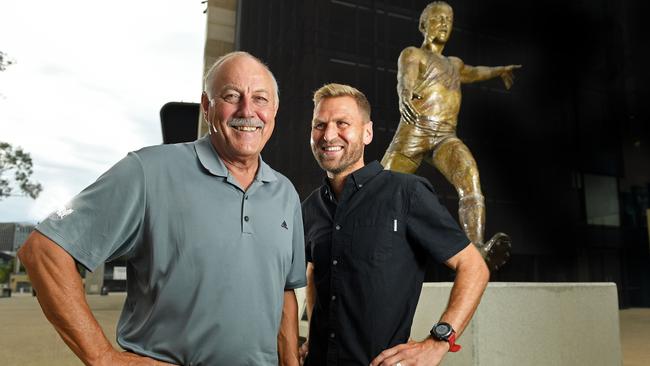
QUESTION OF THE WEEK?
HAS Port Adelaide premiership midfielder KANE CORNES (of The Advertiser, FIVEaa, SEN, CrocMedia, the AFL website and Channel Nine) replaced Collingwood president Eddie “Everywhere” McGuire as the ubiquitous man in the Australian media? It is “Konstant Kane” no matter whether you look in newspapers, radio, television or digital. And there were those such as Wayne Carey who thought Cornes would not last …
michelangelo.rucci@news.com.au
Watch every match of every round of the 2018 Toyota AFL Premiership Season. SIGN UP NOW >

